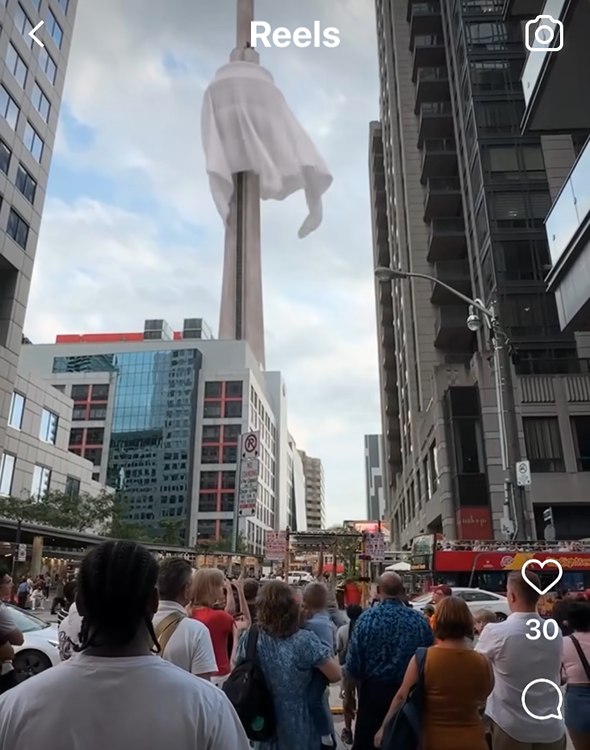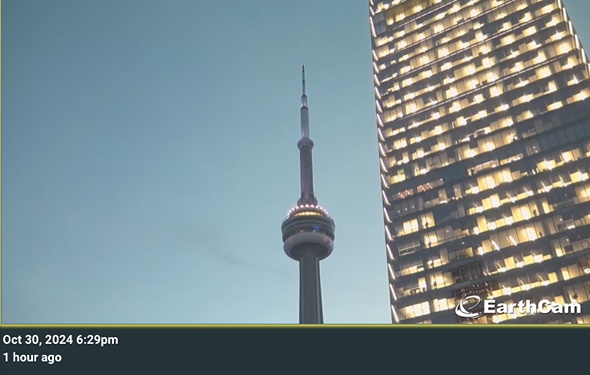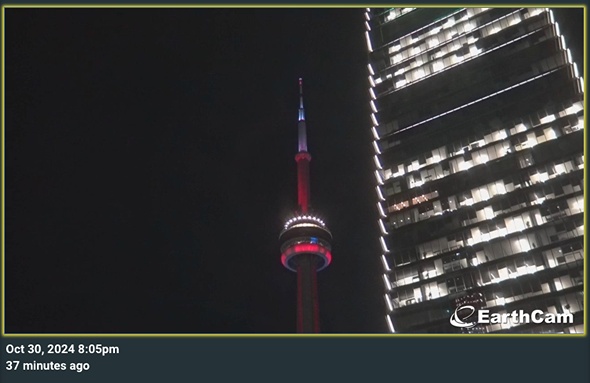How to be an Internet Skeptic
What is real? What is fake? From images to videos, artificial intelligence continues to impress us with what it can do to making something look very real. It’s difficult to tell whether or not something is legit. For decade, experts at photo shop were able to create fake images but now with AI, anyone with no experience can create a fake image.
This includes the creation of amazing looking videos in mere seconds.
When someone says they are “a skeptic”, it usually refers to a specific thing.
For example:
Question: “Do you believe in the ghosts?”
Answer: “I am a skeptic”.
What they are saying is that on the topic of ghosts? They are skeptical.
Now, if one were to say they are a skeptical person, they generally mean that they question most things and need to see evidence.
From the same word, skepticism is an attitude of doubt. It can be about a specific thing or a persistent attitude.
Internet Skepticism
So, with all that laid out as background, it’s safe to say that the internet is a single thing that feeds us many topics, opinions, images, and videos. All of these elements come form many different sources, but “the internet” is the all-encompassing force in all of our daily lives.
Which brings us back to our original questions. How can you know what is real and what is fake? We’d like to state the case for learning how to be an internet skeptic. This means we can keep an open mind to new ideas, but when reading, viewing, or watching online, everything must scrutinized to determine it’s validity. Otherwise, we open ourselves up to being duped. It may be regarding something lighthearted and fun, or it may something that is more serious that harms us, such as a scam.
You may not doubt every single you see, based on your existing knowledge of facts, but if you do not know for sure because we have a limited knowledge on a subject, you can protect yourself as an internet skeptic. Always ask the question. Is this real? In important matters, it will also prevent the spread of false information, much like unfounded gossip.
Real Life Case Study
So, this morning we found a video online that looked like the City of Toronto had dawned the CN Tower with a white sheet to look like ghost.

Red eyes shone from the viewing tower at night to look like eyes.

Some people stated in the comments that it was real because some they lived in an apartment close the CN tower and saw it with their own eyes. Others said, “I can’t believe people think this is real”. There was a debate going on. Some people were making jokes, others sounded very serious about whether the video was real or the creation of AI.
If you saw this as an internet skeptic, you’ll immediately have doubts. This is a good place to start. If it’s something as fun as the CN tower being made to look like a ghost, you may simply say. Who cares it’s real or not? I don’t have time to research it, and you simply keep scrolling.
For more important issues, it’s going to be vital to get your facts straight and do your part to refute false or misleading information. This is why it’s important to always questions everything you see or hear. And this includes out in the real world.
So, was the CN Tower dressed like a ghost real? No, it wasn’t. And how do we know? Well, we checked the live webcam of the CN tower that is broadcast 24/7 with images taken periodically.


CN Tower, Toronto, Canada
These images from the live webcam on the CN Tower were captured long after the original CN ghost video and images appeared. There is no big ghost in the sky. The original video and images captured from it are fake, either created using AI or photo shop.
How to Research Facts and Fiction Online
As an internet skeptic, here are some ways you can research information, images, and videos that you see online.
Check the Source’s Credibility
- Investigate the website or platform where the content originated. Established news outlets and academic sources generally have stricter fact-checking processes.
- Look for an “About Us” section or verify the organization’s reputation through a quick online search.
- On social media posts, read through the comments to see what others are saying. This is not a definitive way to determine validity, it’s simply one was to gain insight.
Cross-Reference Information
- Search for the same information on multiple reputable sources. If a story appears only on one source, especially an unfamiliar one, it may be false or misleading.
- For major events, see if other reliable news sites are covering it similarly. Cross check social media posts against blogs and news outlets.
Use Reverse Image Search
- Use tools like Google Reverse Image Search or TinEye to see where an image has appeared online before. This helps identify if the image is recycled or used out of context.
- Reverse image search can also show if an image has been altered or misrepresented by comparing with the original.
Verify the Date and Location of Images and Videos
- Check for visual clues within the content that can give hints about the time and place, like weather conditions, vehicles, or clothing styles.
- Use tools like InVID, Amnesty’s YouTube DataViewer, or The Wayback Machine website to verify video origins, timestamps, and metadata.
Examine the Metadata
- Metadata can provide valuable details like the creation date, location, and device used for digital content. If metadata is available, tools such as Exif viewers can extract metadata from images.
Look for Red Flags in Writing Style and Content
- Watch for all-caps headlines, sensational language, grammatical errors, and overly emotional writing. These are often signs of unreliable content.
- Check if the article is opinion-based, written by anonymous authors, or lacks proper sourcing.
Consult Fact-Checking Sites
- Websites like Snopes, FactCheck.org and TruthorFiction.com specialize in verifying viral content, such as internet myths, hoaxes, news stories, and other claims that are circulating online.
- Use these investigative type platforms to gain context or history on recurring rumors and misleading content.
Inspect Social Media Profiles
- When content comes from social media, examine the profile to assess if it’s verified, has a history of reliable posts, and engages in genuine interactions.
- Fake profiles often have very few posts, low engagement, and lack a profile history or personal connections.
Check for Altered or Edited Content
- Look for subtle clues of digital alteration, like inconsistent lighting, unusual shadows, or blurred edges, especially in images.
- For videos, check for unnatural breaks or audio-visual mismatches that may indicate edits or splicing.
Engage with the Online Community
- Certain platforms, like Reddit or specialized forums, have communities dedicated to debunking and analyzing misinformation.
- Be cautious and verify all findings independently, but these communities often reveal additional insights or overlooked details.
Using these strategies, skeptics can approach online content with a critical eye and make more informed decisions about the reliability of what they see.
On a Final Note
Research takes work. Sometimes images and videos are just for fun. Other times, they can be used for malicious purposes. The more the general internet population believes everything they see and hear, the more harm it will do when there are issues that are important. This includes scams, false information about health and safety, and the spread of ignorance and hate about people.
There are many social media creators trying to get your ‘like’ and ‘follow’. Critical thinking is also your best friend when looking at something for the first time. Ask how plausible is what you are seeing? Don’t be afraid to be an internet skeptic.




